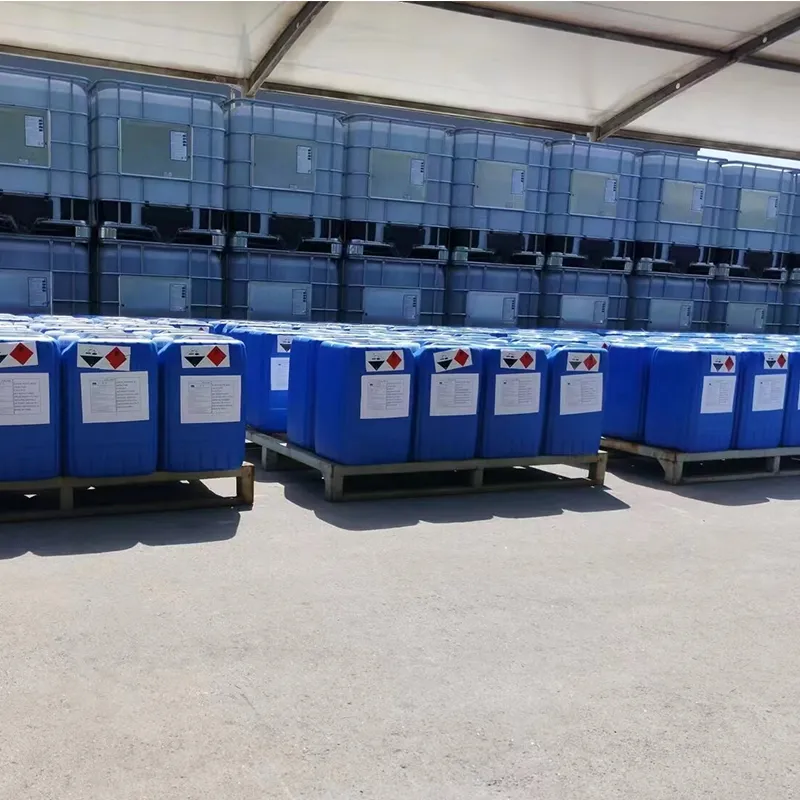
emulsifier for mayonnaise
The Role of Emulsifiers in Mayonnaise A Culinary Exploration
Mayonnaise, a creamy condiment beloved worldwide, owes its unique texture and stability to a crucial component emulsifiers. These substances play an essential role in binding oil and water, ensuring that the various ingredients in mayonnaise come together harmoniously. As culinary creators strive to perfect their mayonnaise recipes, understanding the significance and functionality of emulsifiers becomes paramount.
What are Emulsifiers?
Emulsifiers are ingredients that facilitate the mixing of two immiscible liquids, typically oil and water. In culinary applications, they work by reducing the surface tension between the liquids, allowing them to blend smoothly into a stable emulsion. In mayonnaise, the emulsifier’s primary function is to maintain the consistency and prevent the oil and vinegar or lemon juice from separating.
Common Emulsifiers Used in Mayonnaise
1. Egg Yolk Traditionally, mayonnaise is made using egg yolks, which are naturally rich in lecithin, a phospholipid that acts as a powerful emulsifier. The proteins and fats in the yolk create a network that traps oil droplets, resulting in a thick and creamy texture. This traditional recipe is not only revered for its flavor but also for the stability it provides.
2. Mustard Many recipes incorporate mustard, which contains emulsifying properties thanks to its lectin content. Mustard not only adds a tangy flavor that enhances the mayonnaise, but it also contributes to its overall stability. The presence of mustard can help create a thicker emulsion more easily.
3. Commercial Emulsifiers In industrial settings, various commercial emulsifiers such as xanthan gum, guar gum, and mono- and diglycerides are added to mayonnaise to enhance texture and extend shelf life. These emulsifiers offer consistent results, allowing manufacturers to produce large quantities of mayonnaise with uniform quality.
emulsifier for mayonnaise

The Science Behind Emulsification
The process of emulsification is fascinating. When making mayonnaise, the emulsifier must be mixed thoroughly with the oil and water phase. As the mixture is agitated, usually through whisking or blending, the emulsifier molecules orient themselves at the oil-water interface. The hydrophilic (water-attracting) heads of the emulsifier molecules interact with the water, while the hydrophobic (oil-attracting) tails interact with the oil. This stabilizes the mixture, preventing separation and allowing for a smooth, creamy texture.
The Importance of Proper Ratios
Achieving the perfect mayonnaise involves more than just selecting the right emulsifier; it also requires careful attention to the ratios of ingredients. Too much oil can cause the emulsion to break, while too little can result in a thin consistency. A common starting point for mayonnaise is a ratio of about one egg yolk to one cup of oil, along with an acid like vinegar or lemon juice. Adjusting these ratios allows for customization, creating mayonnaise that meets personal taste preferences and desired thickness.
Challenges in Emulsification
Emulsifying mayonnaise can sometimes be a delicate task. Factors such as temperature, ingredient quality, and mixing technique can all influence the stability of the emulsion. For instance, if the ingredients are too cold, the emulsifier may not function effectively, leading to a broken emulsion. Similarly, adding the oil too quickly can overwhelm the emulsifier, resulting in separation. Thus, achieving the perfect mayonnaise often requires practice and experimentation.
Conclusion The Art and Science of Emulsifiers
Emulsifiers are the unsung heroes of mayonnaise, providing the structure and stability that make this condiment a staple in kitchens around the globe. Whether through the use of traditional ingredients like egg yolk or modern commercial emulsifiers, understanding the role of these substances is vital for anyone looking to master mayonnaise making. By appreciating the balance of oil, water, and emulsifiers, cooks can create delicious, creamy mayonnaise that enhances a wide array of dishes, from sandwiches to salads. So, the next time you reach for that jar or whisk up a batch at home, remember the science and artistry behind the perfect emulsion.
-
Understanding Synthetic Rubber OptionsNewsApr.27,2025
-
Trichloroisocyanuric Acid: Essential for Clean and Safe WaterNewsApr.27,2025
-
Sodium Dichloroisocyanurate: Key to Safe Water TreatmentNewsApr.27,2025
-
Sodium Acid Pyrophosphate: Essential in Modern Food ProcessingNewsApr.27,2025
-
Essential Water Treatment ChemicalsNewsApr.27,2025
-
Denatured Alcohol and Its Industrial UsesNewsApr.27,2025
-
The Versatile Uses of Sodium BicarbonateNewsApr.24,2025
Hebei Tenger Chemical Technology Co., Ltd. focuses on the chemical industry and is committed to the export service of chemical raw materials.
-

view more DiethanolisopropanolamineIn the ever-growing field of chemical solutions, diethanolisopropanolamine (DEIPA) stands out as a versatile and important compound. Due to its unique chemical structure and properties, DEIPA is of interest to various industries including construction, personal care, and agriculture. -

view more TriisopropanolamineTriisopropanolamine (TIPA) alkanol amine substance, is a kind of alcohol amine compound with amino and alcohol hydroxyl, and because of its molecules contains both amino and hydroxyl. -

view more Tetramethyl Thiuram DisulfideTetramethyl thiuram disulfide, also known as TMTD, is a white to light-yellow powder with a distinct sulfur-like odor. It is soluble in organic solvents such as benzene, acetone, and ethyl acetate, making it highly versatile for use in different formulations. TMTD is known for its excellent vulcanization acceleration properties, which makes it a key ingredient in the production of rubber products. Additionally, it acts as an effective fungicide and bactericide, making it valuable in agricultural applications. Its high purity and stability ensure consistent performance, making it a preferred choice for manufacturers across various industries.











